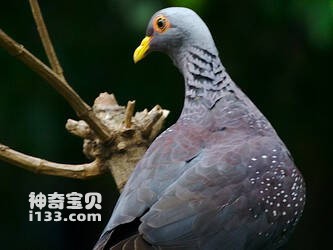
Columba pollenii
Columba pollenii,Comoro Olive-pigeon
The pigeon is Columba pollenii and Comoro Olive-pigeon.Listed in the World C···
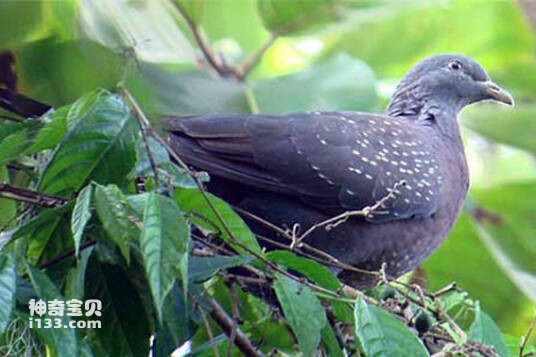
Columba thomensis
Columba thomensis,Maroon Pigeon,Sao Tome Olive-pigeon,Sao Tome Olive Pigeon
The Sao Tome green Pigeon is known as Columba thomensis, Maroon Pigeon, Sao ···
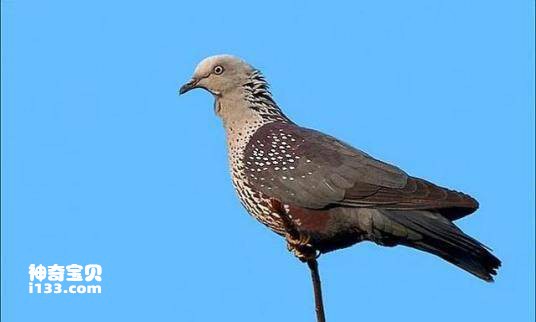
Columbasjostedti
Columbasjostedti
The Cameroonian pigeon is Columbasjostedti, but its specific habits are unkn···
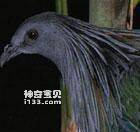
Columba arquatrix
Columba arquatrix
African Olive Pigeon Columba arquatrix, the foreign name of the African Oliv···
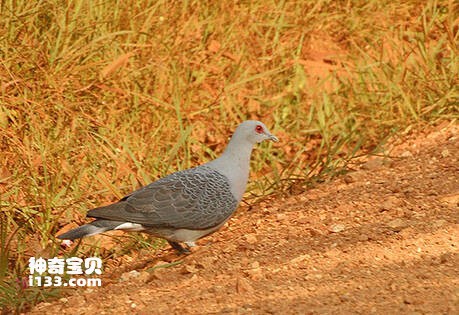
Columba unicincta
Columba unicincta,Afep Pigeon
Columba unicincta, Afep Pigeon, is unknown.Listed in the International Union···
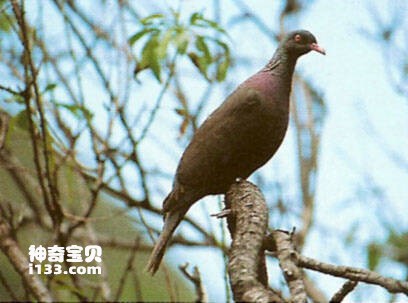
Columba junoniae
Columba junoniae,White-tailed Laurel Pigeon,Laurel Pigeon
Columba junoniae The foreign language is White-tailed Laurel Pigeon, Laurel ···
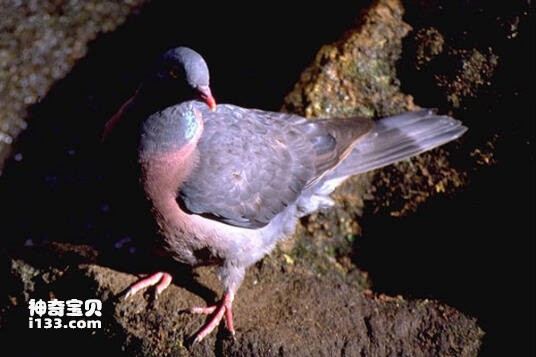
Columba bollii
Columba bollii,Dark-tailed Laurel Pigeon
Its scientific name is Columba bollii, and its foreign name is Dark-tailed L···
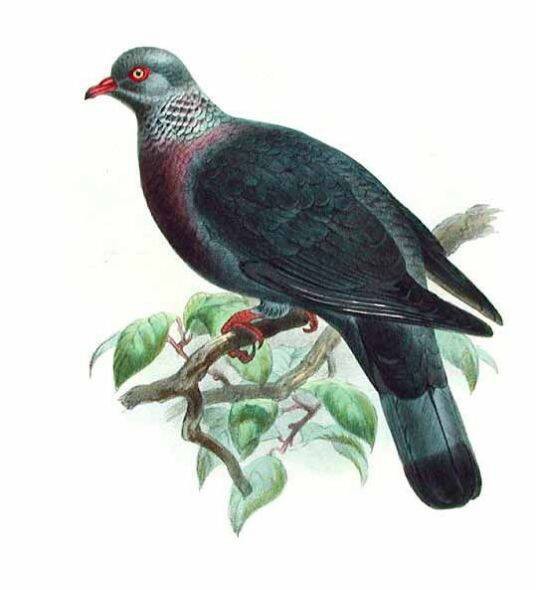
Columba trocaz
Columba trocaz,Trocaz Pigeon
Columba trocaz, or Trocaz Pigeon, is unknown.Listed in the International Uni···
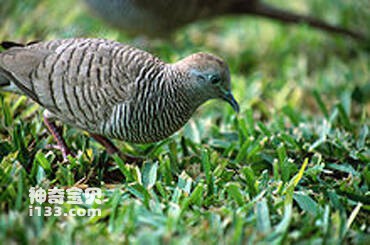
Columba oliviae
Columba oliviae,Somali Pigeon,Somali Stock Dove
The species is known as Columba oliviae, Somali Pigeon and Somali Stock Dove···
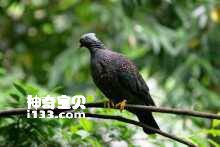
Columbaarquatrix
Columbaarquatrix
The yellow-eyed pigeon is Columbaarquatrix, but its behavior is unknown.List···
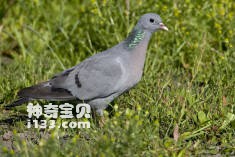
Columba oenas
Columba oenas,Stock Dove
Columba oenas (Stock Dove) has two subspecies.European pigeons are resident ···
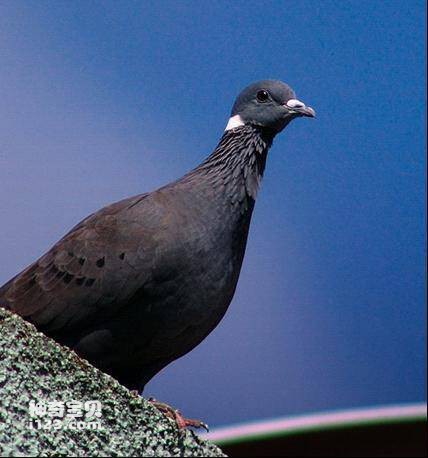
Columba albitorques
Columba albitorques,White-collared Pigeon
The White collar Pigeon is Columba albitorques, and the foreign name is whit···
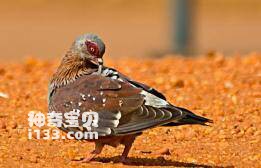
Columba guinea
Columba guinea,Speckled Pigeon
The name is Columba guinea, Speckled Pigeon, the specific habit is unknown.P···
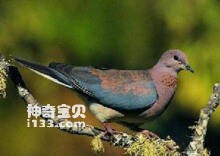
Columba leuconota
Columba leuconota,Snow Pigeon
The Snow Pigeon (Columba leuconota) has two subspecies.Snow pigeons are resi···
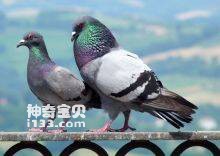
Columba rupestris
Columba rupestris,Hill Pigeon
The rock Pigeon (Columba rupestris) is known as Hill Pigeon and has two subs···
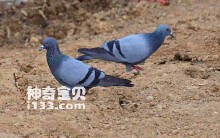
Columba livia
Columba livia,Rock Pigeon
The original Pigeon (Columba livia) is known as Rock Pigeon and has nine sub···
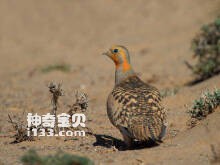
Pterocles burchelli
Pterocles burchelli,Variegated Sandgrouse
Variegated Sandgrouse is Pterocles burchelli and variegated sandgrouse.Prote···
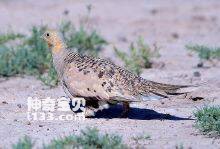
Pterocles bicinctus
Pterocles bicinctus,Double-banded Sandgrouse
Its scientific name is Pterocles bicinctus, and its foreign name is Double-b···
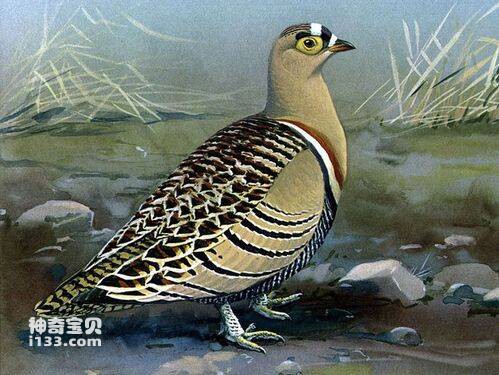
Pterocles quadricinctus
Pterocles quadricinctus,Four-banded Sandgrouse
Its scientific name is Pterocles quadricinctus, and its foreign name is Four···
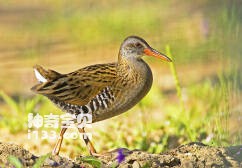
terocles indicus
terocles indicus,Painted Sandgrouse
Its scientific name is terocles indicus, and its foreign name is Painted San···
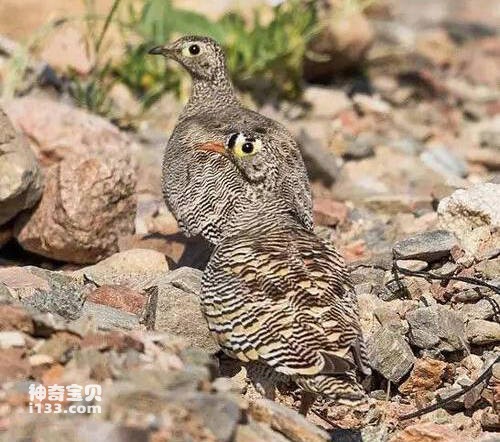
Pterocles lichtensteinii
Pterocles lichtensteinii,Lichtenstein's Sandgrouse
Its scientific name is Pterocles lichtensteinii, and its foreign name is Lic···
